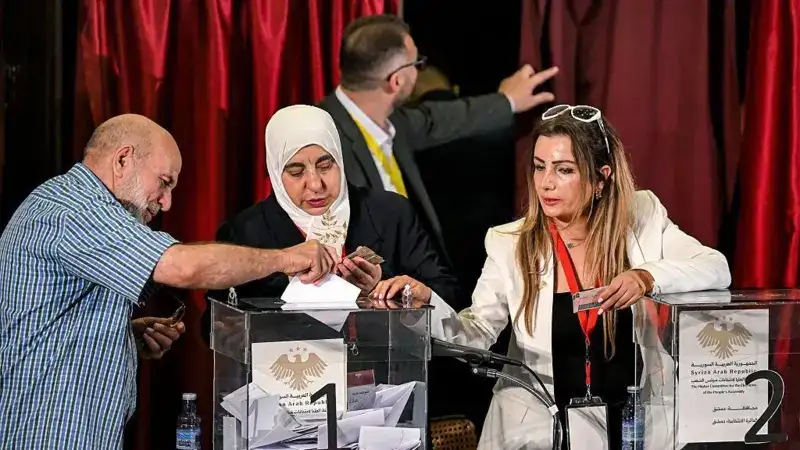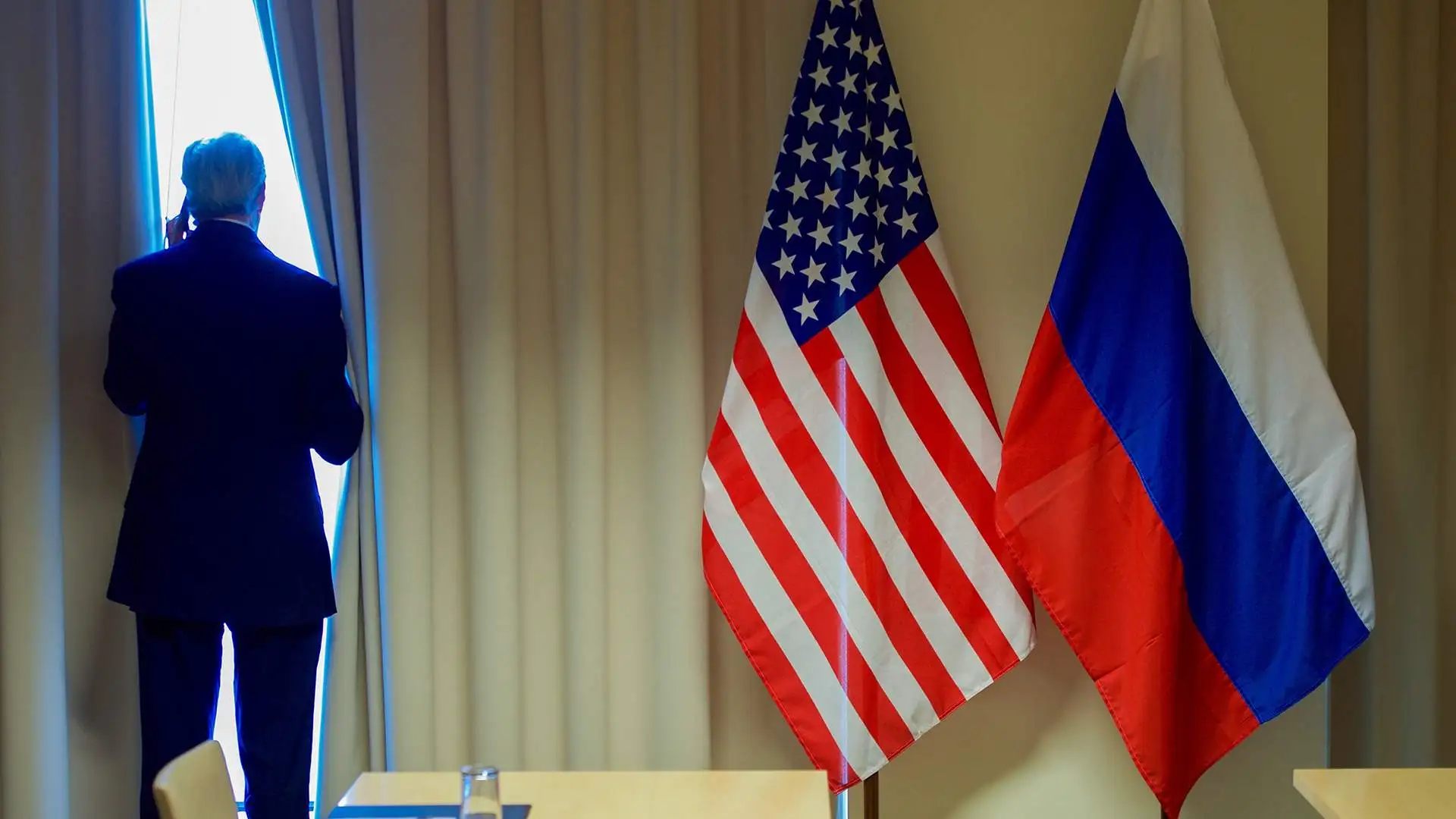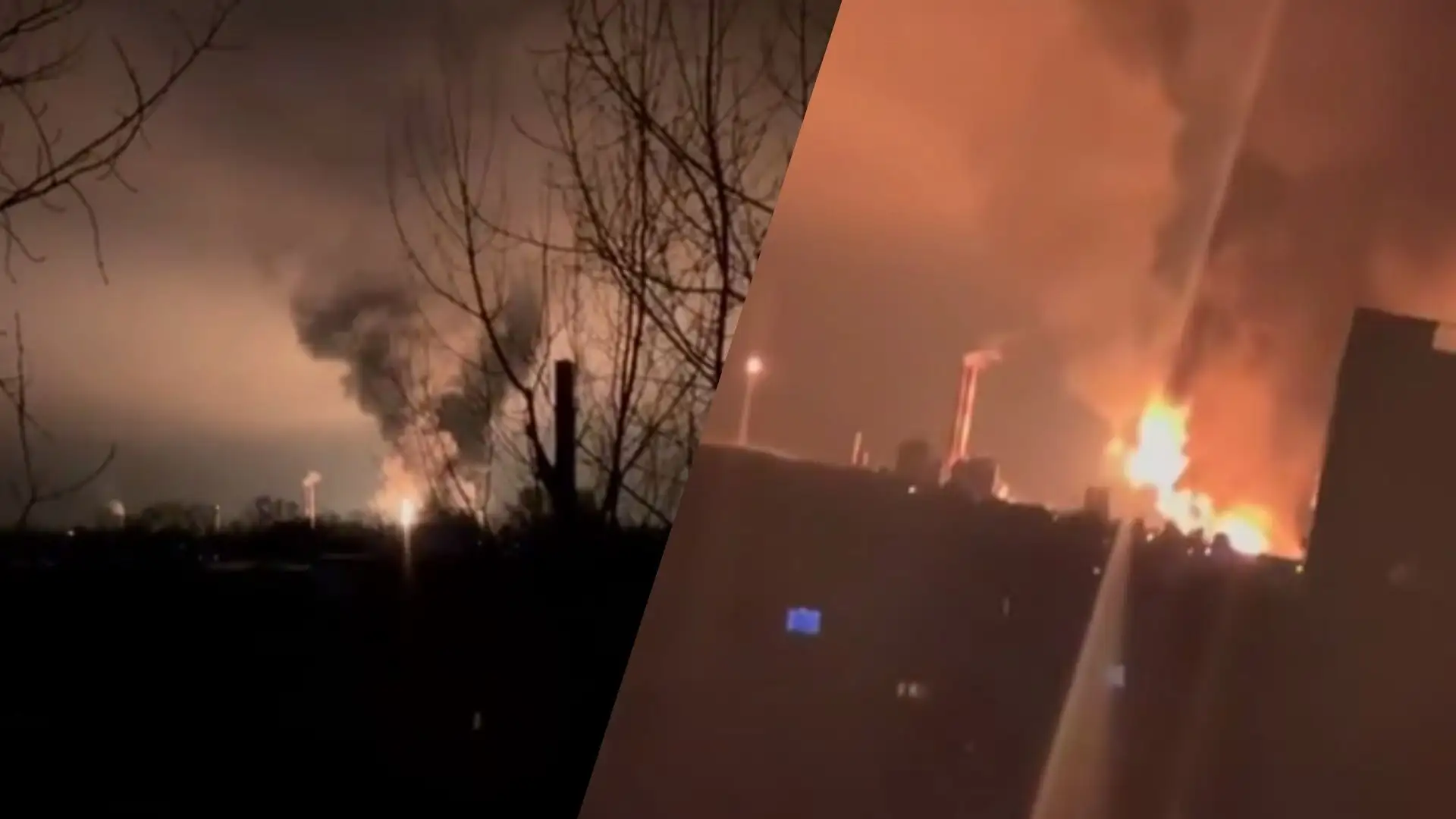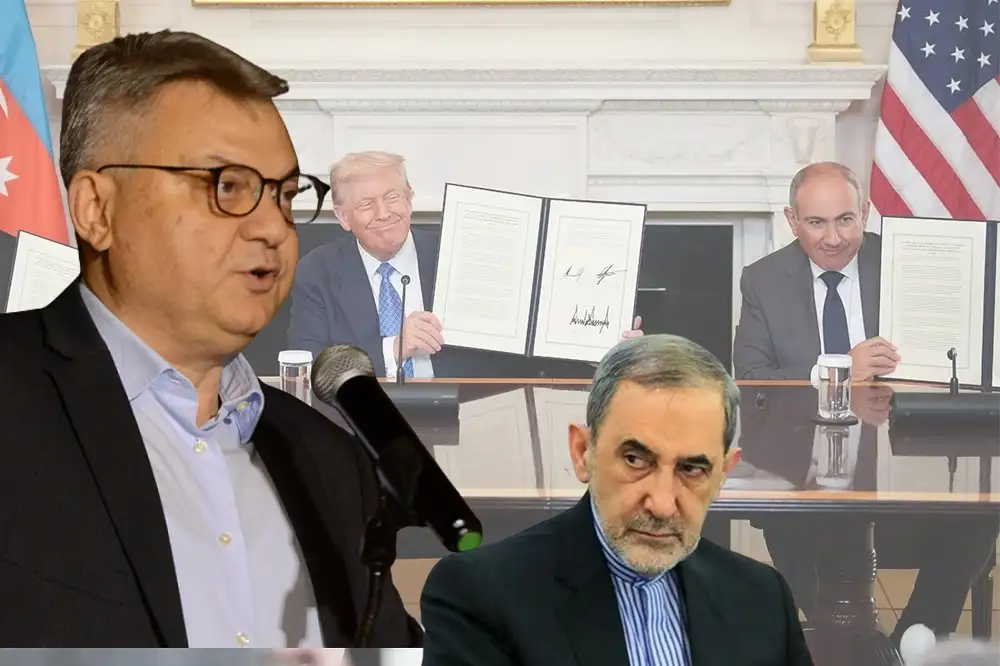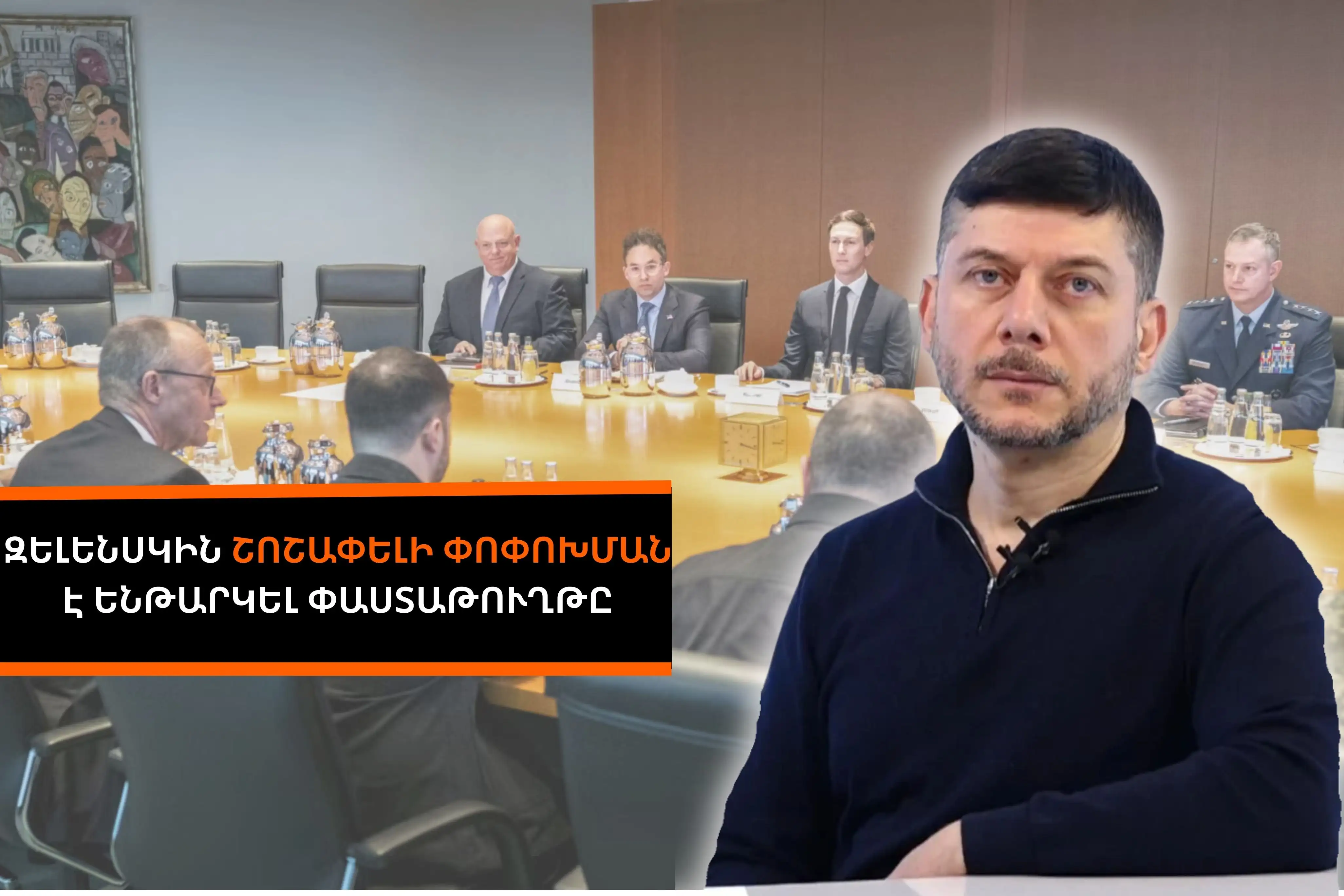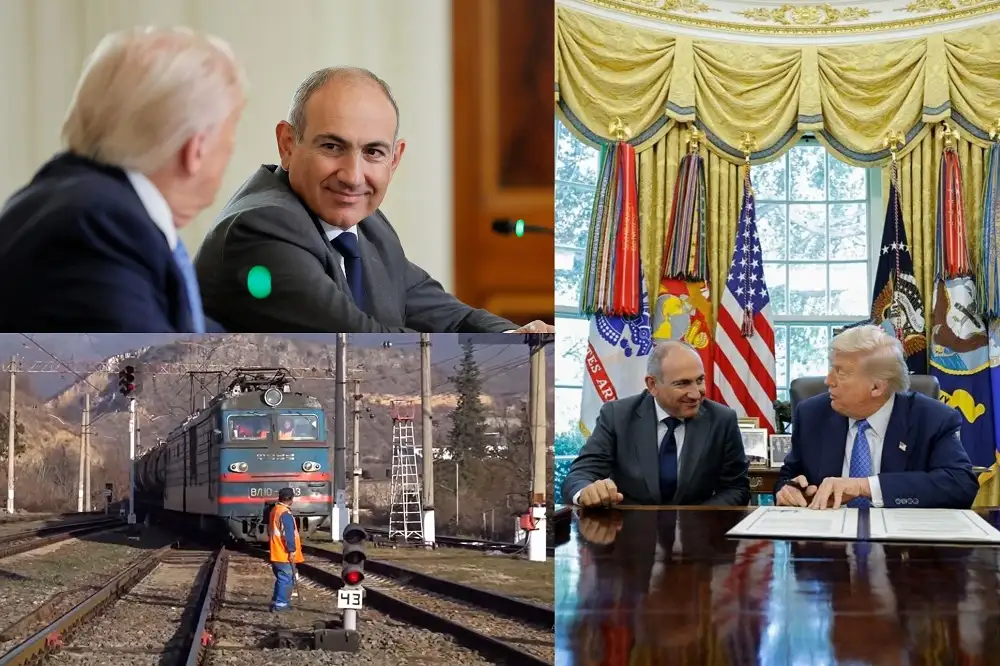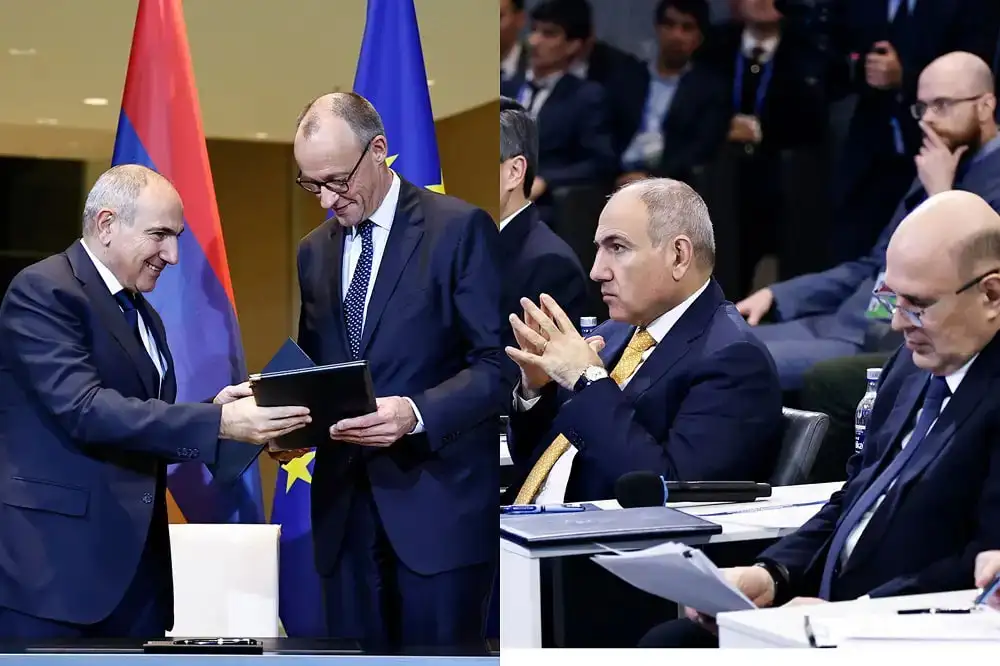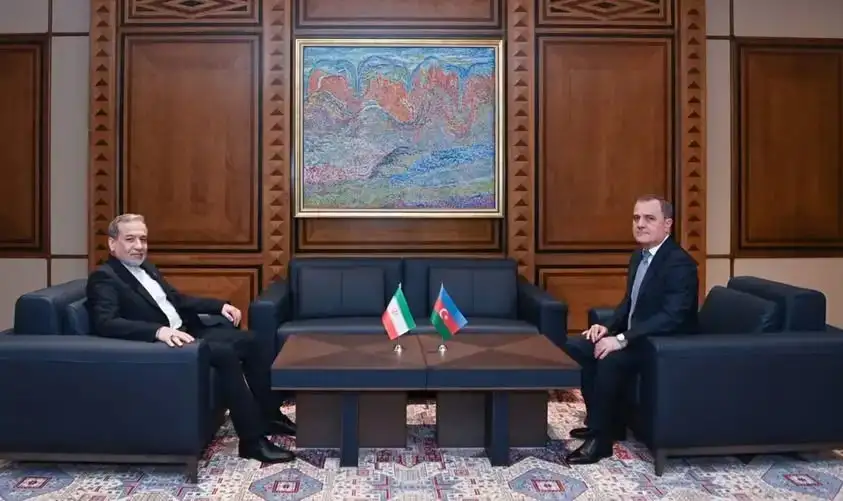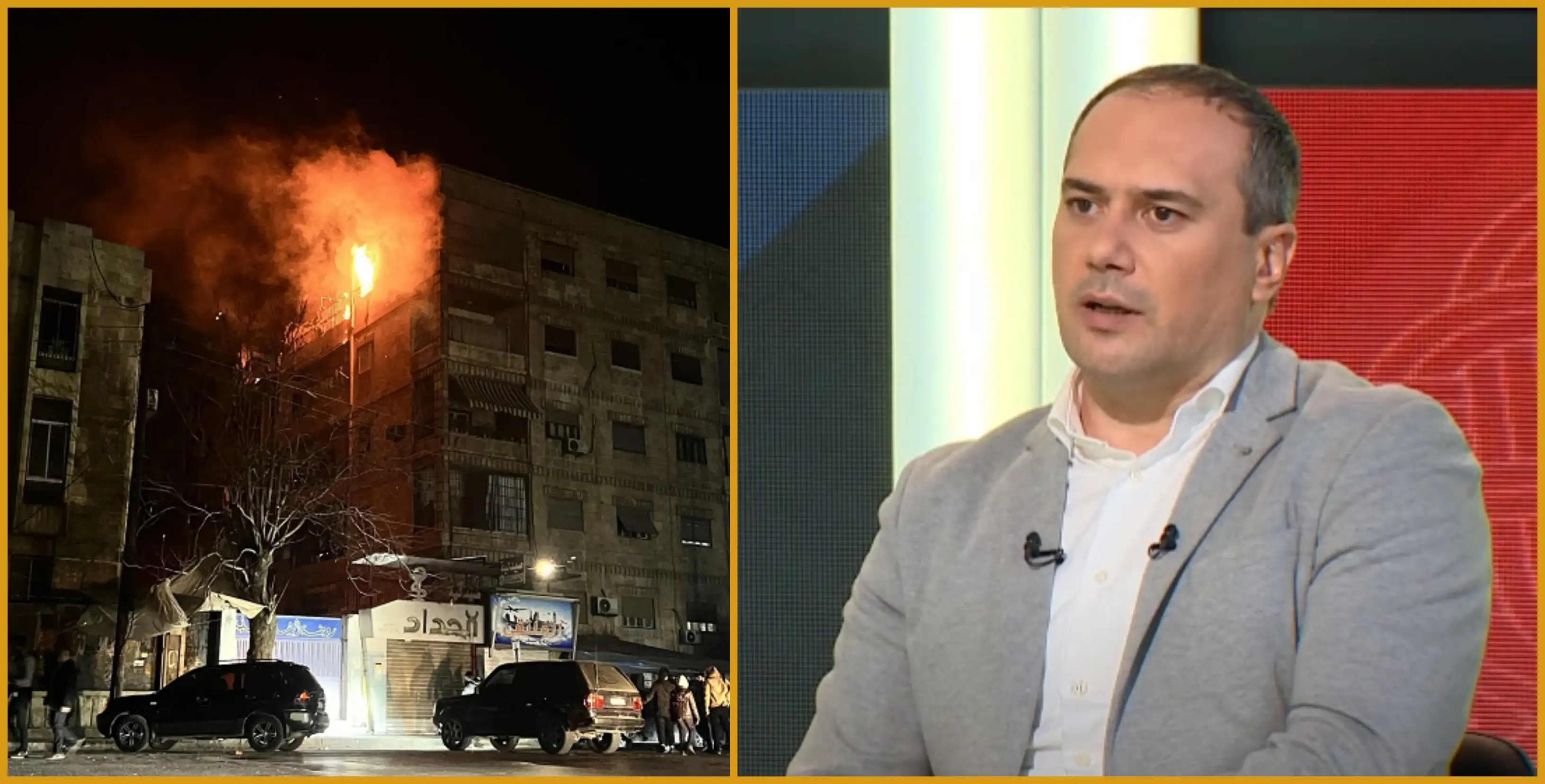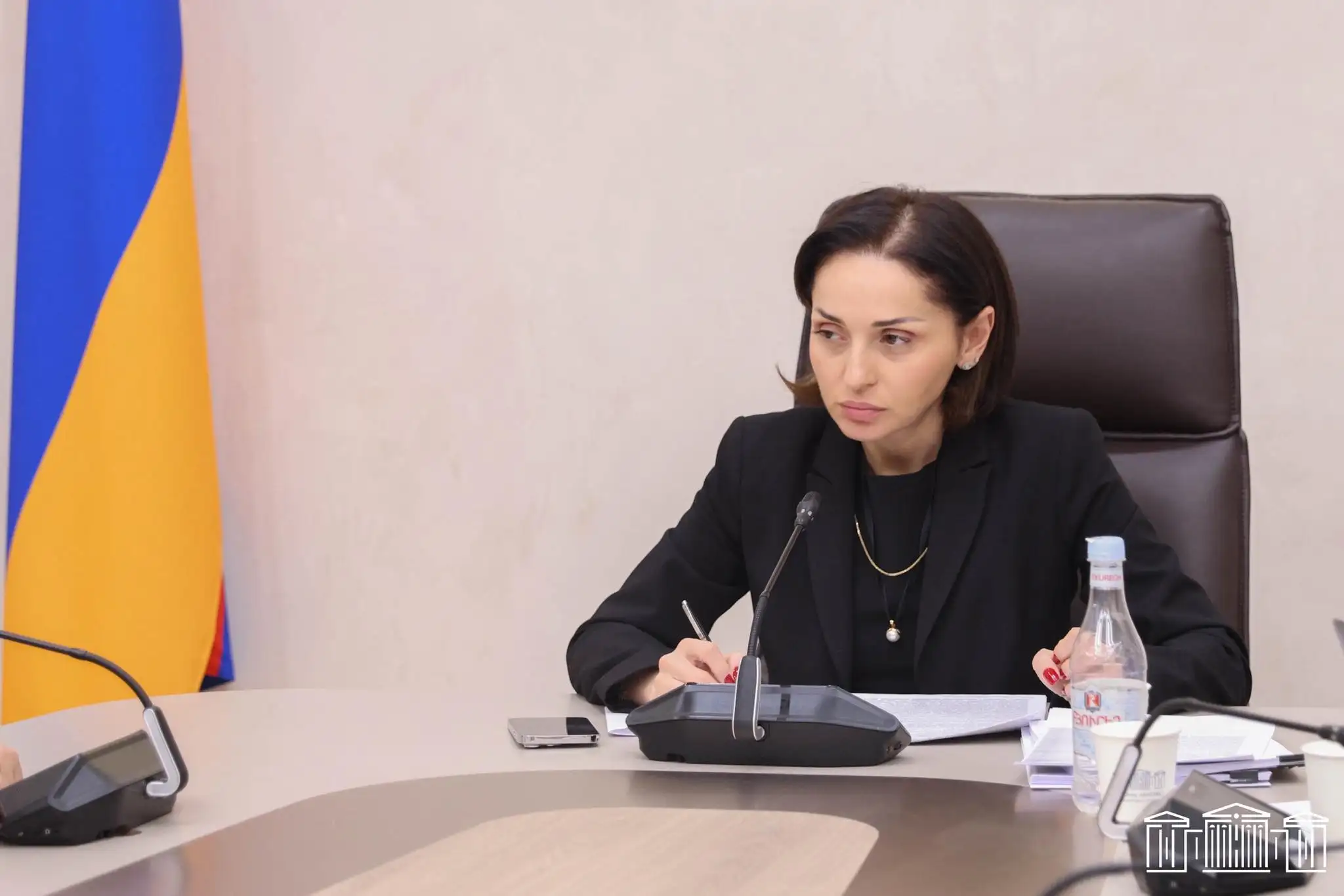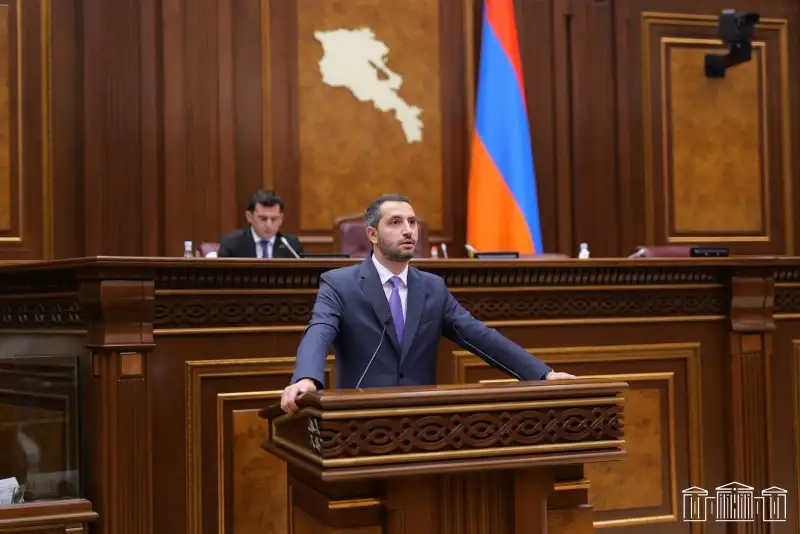The new transitional parliament in Syria has a low representation of women and religious and ethnic minorities, the BBC reports. The parliament, which will operate until a new government is formed, will have 210 deputies.
The first parliamentary elections since the overthrow of Bashar al-Assad were held indirectly. Electoral colleges elected two-thirds of the deputies (140 people), and the interim President, Ahmad al-Sharaa, will appoint the remaining deputies. For security and political reasons, voting was postponed in three provinces, including the Kurdish-controlled Raqqa and Hasakah, as well as Suwayda, where there have been recent bloody clashes between government forces and Druze militias.
According to the final results, 119 deputies were elected over the weekend, while 21 seats remain vacant. The president plans to appoint 70 more during the week. Only six women were elected to the new parliament, which is 4% of the elected deputies. Previously, the local election commission had stated that women made up 14% of the more than 1,500 candidates.
Representatives of religious and ethnic minorities received 10 seats, including Kurds, Christians, and two Alawites, including the ousted former President Assad.
Election commission representative Nawar Nejmeh told reporters: “Only 4% are women, which does not correspond to the position of women in Syrian society and their role in political, economic, and social life.” She added that only two Christians were among the winners, and this representation is “low, considering the number of Christians in Syria.”
According to Nejmeh, candidates appointed by the president can compensate for the underrepresentation of specific segments of society.




